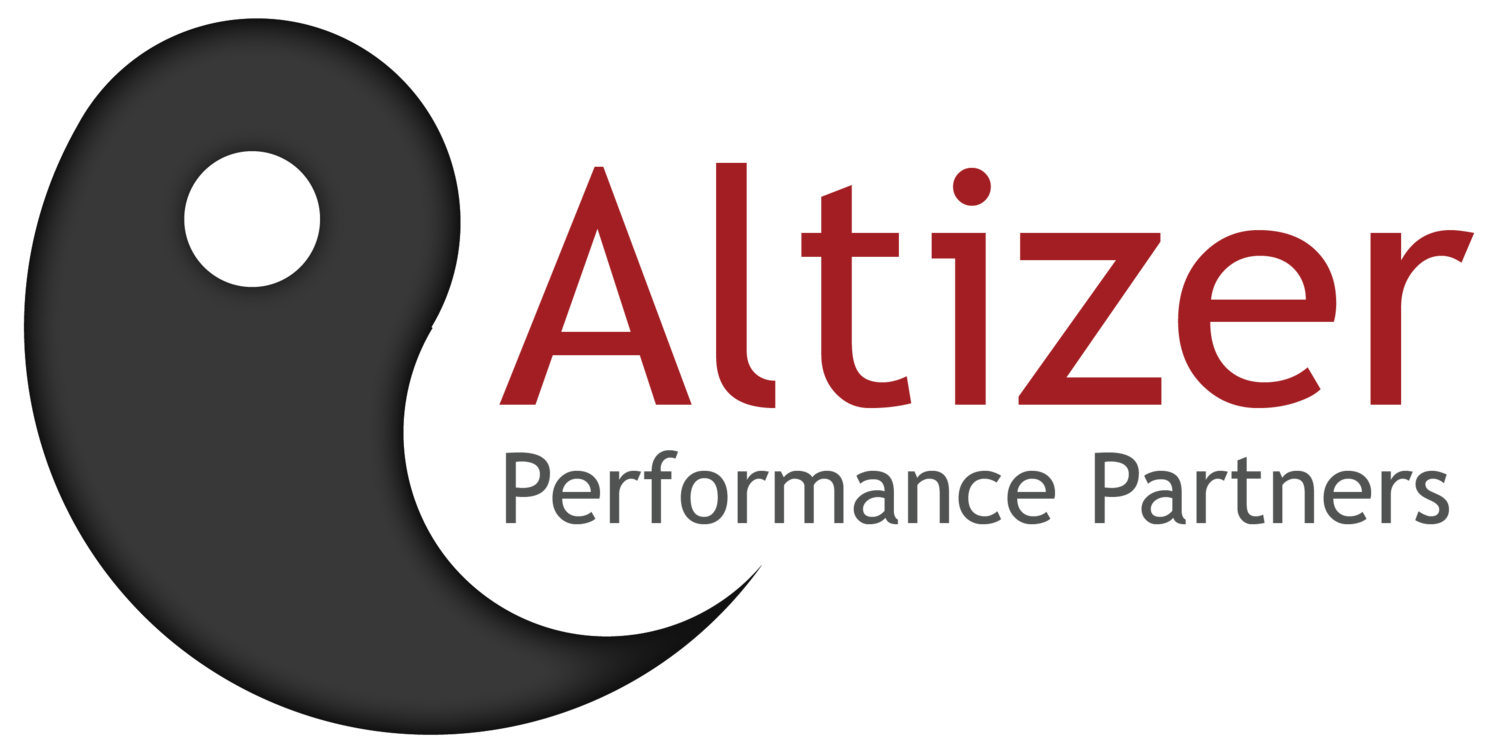APP Breathing Practices
Image: shutterstock/sarininka
These breathing practices (pranayama) are widely practiced in yoga studios around the world. We refined these when we spent a month in Indonesia building our yoga knowledge. Many sources describe and demonstrate them, but we describe them here as we practice them and as we share in our practice with others.
Cleansing Breath. The cleansing breath engages the entire body and focuses the mind. In yoga, we begin practice with it to release toxins and expand the thoracic area.
1. Sit comfortably or stand straight.
2. Bend forward and exhale completely through the mouth. Feel your abdomen contract, helping your lungs release all your air.
3. As you begin to inhale fully through the nose, come to sitting or standing with a straight spine. Fill your lungs completely, and then take in small breaths to fill up into the collarbones.
4. Hold for a few seconds comfortably, and then exhale through your mouth. Repeat three times.
Expansive Breathing — Full Yogic Breath. Also known as the three-part breath, this yogic breath utilizes all breathing spaces within the trunk of the body, emptying and filling the lungs to their fullest capacity. Full, deep breathing stimulates the parasympathetic nervous system, slowing the heart rate and lowering blood pressure. This practice enabled Chris to increase his breath-holding capacity so he could pass the underwater swim requirement of his NAUI scuba-instructor certification. But you should begin the practice without holding your breath. You should learn proper breath holding, or kumbhaka, from someone who can work directly with you.
Inhaling:
1. Inhale through the nose and allow the breath to expand the belly out to its fullest. This fills the abdominal or lower portion of the lungs.
2. Feel the inhalation of air rising up, and allow the rib cage to expand. This is the thoracic or middle of the lungs.
3. Continue to the end of the inhalation directing the breath into the upper chest and the clavicle area. This is the upper part of the lungs.
4. Allow a natural pause with lungs completely full.
Exhaling:
1. At a pace slower than your inhale, exhale from the upper chest, feeling the clavicle relax or lower.
2. Exhale further to allow the midchest to relax and lower.
3. Draw the abdomen in, engaging the abdominal muscles to complete the full exhalation.
Repeat once or twice. We suggest practicing this breath a few times a day and paying attention to the sensations of expansion and contraction of the entire thoracic region.
Balance Breathing — Nadi Shodhana. Nadi translates as “pranic (energy) channel,” and shodhana translates as “purification.” The benefits of nadi shodhana include increasing the sense of physical and mental balance. It is known as the “silent pranayama” because its practice is very quiet. The practice involves inhaling and exhaling through alternate nostrils. A common practice is to direct the flow by placing the index and middle fingers of one hand on the forehead and closing the nostrils alternately with the thumb and ring finger.
1. Sit comfortably with a straight spine and begin with a few deep breaths. Feel yourself grounding into your seat bones with each breath.
2. Start by closing the right nostril, and allow the breath to flow in evenly through the left nostril.
3. At the end of the inhalation, close the left nostril, and open the right nostril to exhale evenly through the right nostril.
4. Keep the right nostril open, and inhale through the right side.
5. Then, close the right nostril, and open the left nostril to exhale through the left side.
6. This completes one round. Repeat at least three times or up to several minutes.
Energy Breathing — Bhastrika. Referred to as “bellows breath,” this practice imitates the action of a bellows and stokes the internal fire, creating physical, mental, and energetic heat. With practice, one can feel the energy build in a few rounds. There are increasing levels of practice and intensity, and guidance from a knowledgeable teacher is very helpful. Slow Bhastrika is practiced at one breath every two seconds without extra force on the inhale or exhale. Medium Bhastrika increases the speed to about one breath per second. Note: Bhastrika can be an intense practice and can cause you to feel a little light headed the first few times. Begin slowly and carefully, and build up to a more rigorous practice as you feel ready.
1. Sit in a comfortable position, with your backs of hands resting on the knees and with the thumb and index finger of each hand closed. Keep the head and spine long and straight. Close your eyes as you relax your body (keep your back straight).
2. Take a deep breath in, and breathe out forcefully through the nose. Immediately afterward, breathe in with the same force. Forceful inhalation results from fully expanding the abdominal muscles, and forceful exhalation results from firm contraction of the abdominal muscles. Don’t strain.
3. During inhalation, the diaphragm descends, and the abdomen moves outward. During exhalation, the diaphragm moves upward, and the abdomen moves inward.
4. The movements should be slightly exaggerated.
5. Continue for ten breaths.
6. Take a deep breath, and breathe out slowly. This is one round. Practice up to five rounds.

